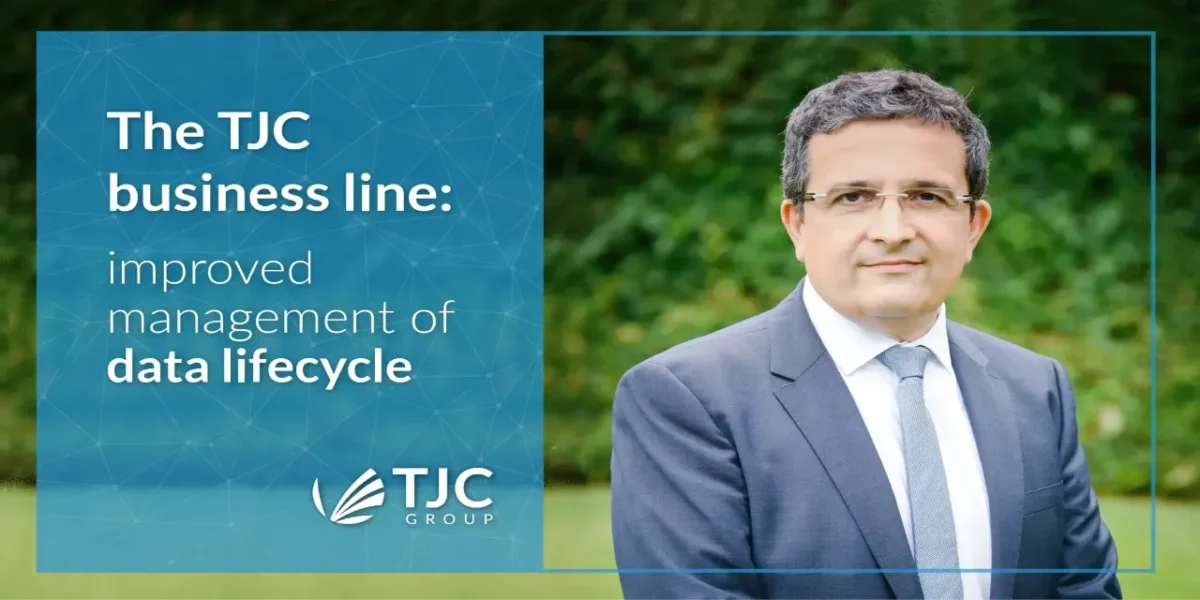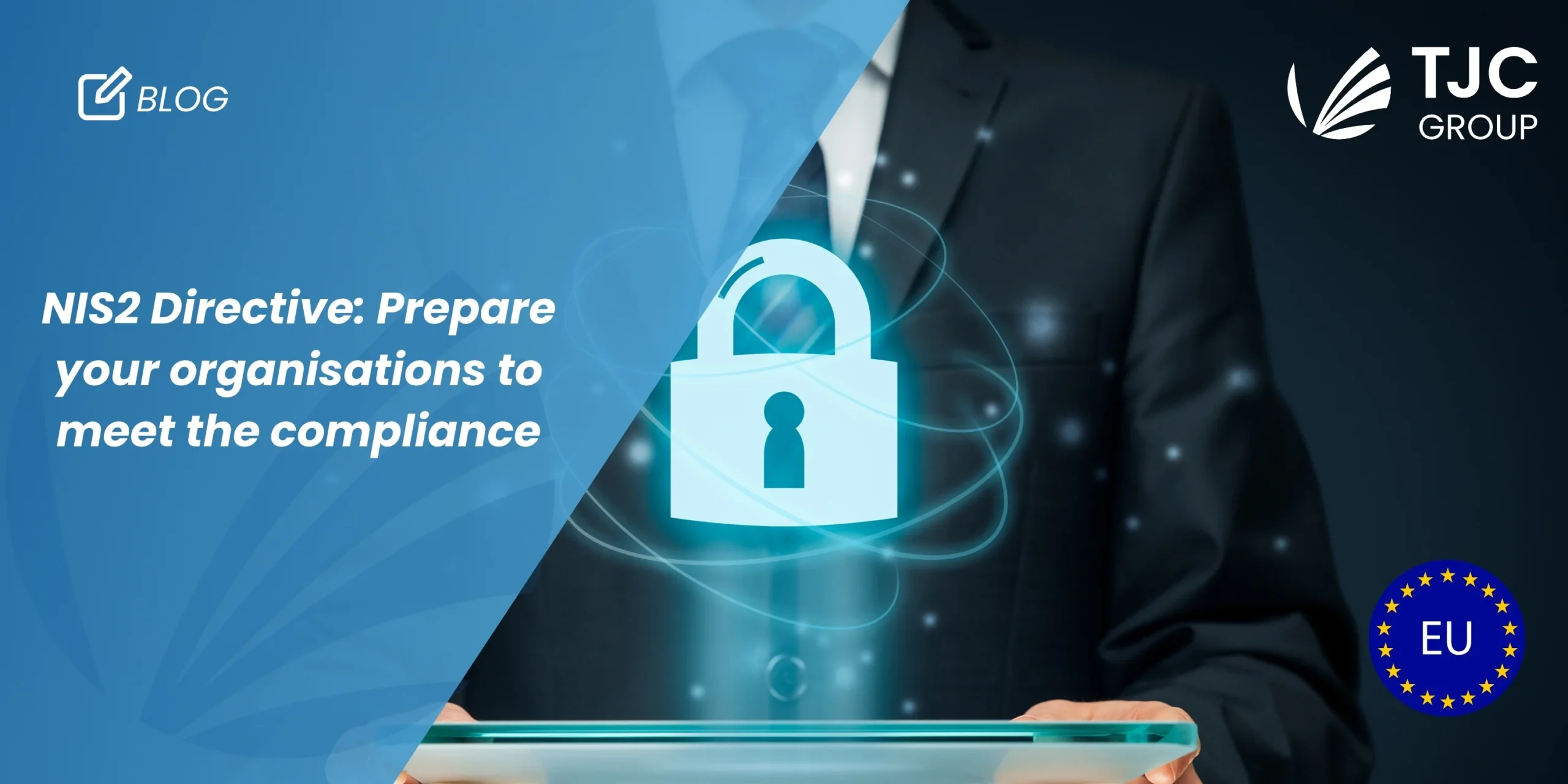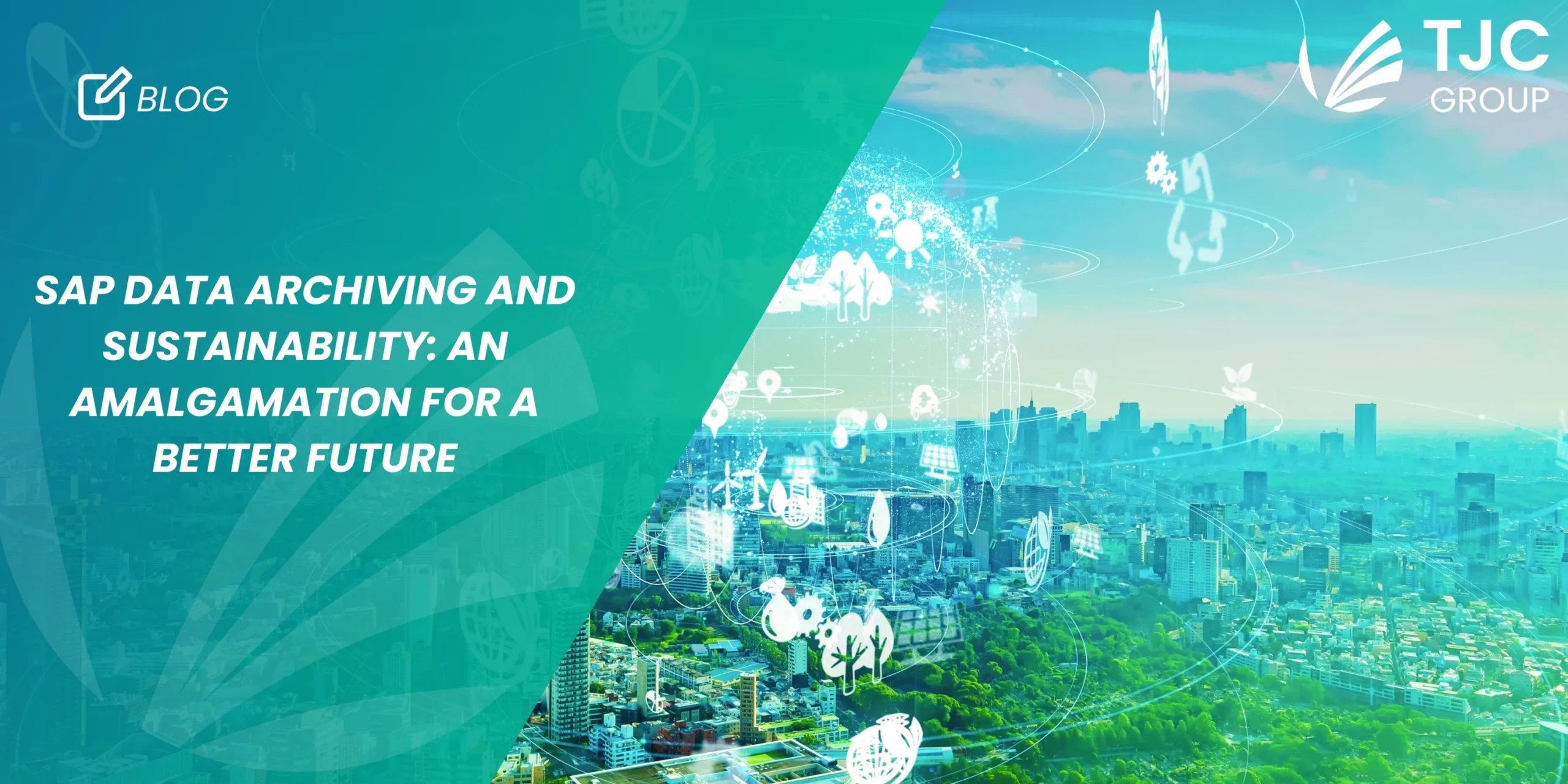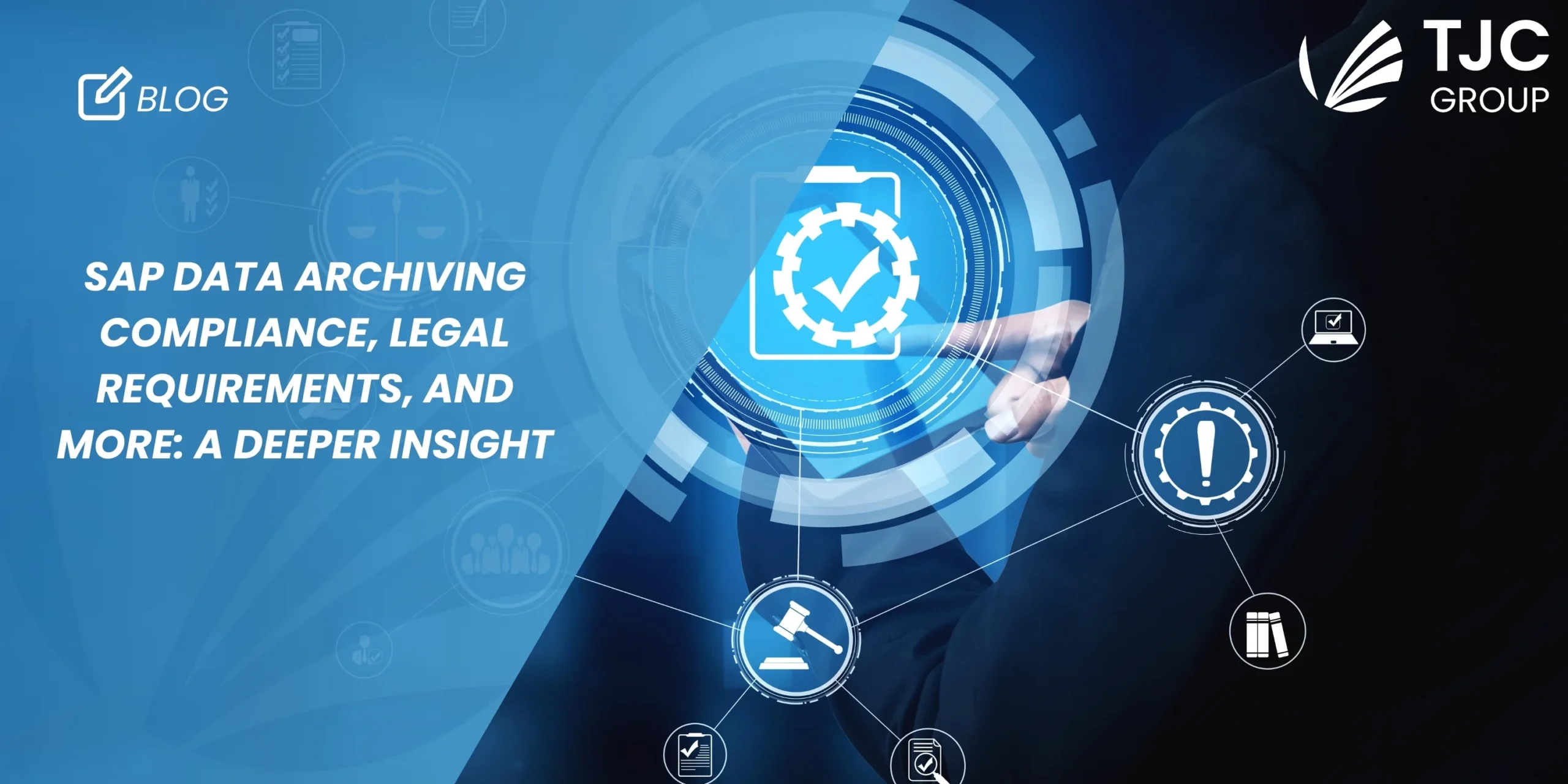Companies must manage an interconnected and fluctuating set of applications in permanent beta. The hybrid mode, the multiplicity of cloud infrastructures (IAAS), makes performance an ever-relevant issue. Sales practices and the cloud payment models are not going in the direction of cutting costs for established companies. Today companies are rediscovering specific developments connected by APIs to ERP (or other) software in “black box” mode.
So it is important for companies to control the scale of their architectures, their costs, their performances. This involves archiving (technical, business-line, data, documentary or of the complete system). At the same time, law makers are ambivalent: they demand the elimination of personal data (GDPR), which is a form of archiving (up until its elimination), but also requirements for traceability (audit path) and auditing.
Audit modes are undergoing a complete mutation. Country SAF-T, SII in Spain, and E-documents foreshadow a future in which it is the details of your transaction that will be analyzed, compared with those issued by your counterparts, and sometimes validated ex-ante by the authorities.
Information systems are not designed for this level of detail. The ability to meet the authorities’ demands with a complex existent is a business line in itself. It is true that protection solutions are multiplying: electronic signature, blockchain, artificial intelligence (for the analysis of non-structured documents for example). In fact, with cloud technology and foreign consultants, the opportunities for fraud have never been so great.
This is where TJC comes in with its improved management of the data lifecycle.
- Archiving the data or the document, depending on its application life cycle, to reduce the cost and improve the performance of IS.
- Eliminate the data when required (GDPR, right to oblivion, legal protection).
- Meet the requirements of auditors and the tax authorities whatever the requesting country.
- Ensure the traceability, overcome the complexity or insufficiency of IS in these matters when necessary.
It is clear that reducing the availability of a data, eliminating it or making it available are both complementary and exclusive tasks. This is what makes this a business line in itself.
At the time of writing, we have just crossed the limit of 18 TB of archived or destroyed production system on a 5-system SI which today weighs less than 10 TB. If we hadn’t done this, these systems would not be hosted in the cloud, their performances would be incompatible with the service level expected by the customer, and we did it guaranteeing the ability to meet the demands of the tax authorities. This work facilitates the activation of the GDPR rule. Beyond these results, the cost for the company is achieved on a ‘pay as you go’ basis. We do it by reducing our interactions with your organization, without being intrusive (reduced footprint on your organization), in an international context (the taxes and laws are local).
With digital, we can obtain results on hundreds of systems, integrate application stop, manage the SAP systems and also the non-SAP systems, and start using part of the artificial intelligence technologies.
Thierry looks forward to continuing the discussion. Connect with Thierry Julien on LinkedIn.







